
Listening to talks at our Global Summit earlier this month, one would think the United States is lagging far behind the rest of the world on Infrastructure and falling farther behind every day. The D+ Report Card on America's Infrastructure from the American Association of Civil Engineers, citing the dire need for repair and replacement investment in America's Infrastructure has become something of an annual ritual flogging for the US industry. A new report on Infrastructure from McKinsey further highlights the extent to which America has turned away from large capital spending infrastructure budgets, even as other countries embrace large infrastructure spending as an economic stimulus staple. At our Summit, we heard about entire new tech-enabled cities in Africa, The Middle East, and Asia fueled by multi-billion dollar government programs, and we wondered what is it about the United States that has it falling so far behind on major infrastructure projects. Through the three presentations below, our members and guests help us understand some of the ways that priorities may be shifting in the United States and how that may help explain some of the differences between what is happening in the US and elsewhere.
Historic Pullman: An Illustration in Intense Efforts to Listen, Respond, and Include.
Typically, when we look at capital projects tied to the creation of vibrant, new urban areas, we see the construction of a super tall tower, a giant landfill, or a signature train, bridge, road or tunnel. In this 180-acre redevelopment of a historic Chicago neighborhood, involving more than $300 million of investment, the signature capital investment was a grocery store. As Ciere Boatright, VP of Real Estate & Inclusion at Chicago Neighborhood Initiatives, points out in the session below, more than 80 community meetings and planning workshops helped inform the priorities for this development, and it turned out that addressing the area's "food desert" issue became the top priority. Erin Aleman, Executive Director of the Chicago Metropolitan Agency for Planning added to the conversation, noting more of the ways groups like hers are providing more comprehensive data to help better inform infrastructure planning decisions and also to help create a broader region-wide context for those decisions.
Related Research Reports:
From the "Clockwork City" of the 20th Century to a 21st Century Responsive, "Platform City"
With a background at IBM as well as in City Government, John Tolva has been a leading expert in how planners can leverage data to make better decisions about how best to meet a City's infrastructure needs. In this talk, he helps us understand the evolution from a technological focus on a "clockwork city" where trains run on time to a concept of an open city where people have the ability to access massive amounts of data harvested from cities and presumably make better decisions about the needs of cities. Much of the technology we have seen developed in the past several years is actually based on this idea that broad arrays of sensors can help us derive better data than ever before about everything from traffic flows, to outbreaks of illness. The vision that John shares with us in this session is one of a world where cities are responsive to that data, self regulating and self organizing. Beyond this idea of the "Platform City," John discusses critical implication in this idea around how rules are write, how security addressed, and what this means for a more equitable development of future infrastructure.
Infrastructure 50 List
For more on the Infrastructure Oriented Applications we are tracking, see our Infrastructure 50 List
Changing Players: A Look at the Growing Influence of Tech and Tech Companies in Infrastructure.
In this session, smart city expert, Paul Doherty of the Digit Group and infrastructure finance expert, Tom Budescu of EY discussed what smart infrastructure looks like today and how and where it is being developed in the United States. Among the more interesting aspects of this discussion was an exploration of the very significant role that technology companies are playing in the development of infrastructure in America. The group walked us through how companies like Apple, Google, and Sprint are fostering the development of new infrastructure by acting as financing partners, tenants, channel partners, and suppliers of technology, from coast to coast and in between.
In conclusion:
What these three presentations show us is that those engaged in developing infrastructure in the United States today are balancing many factors:
- Leveraging technology and techniques to maximize input from communities served.
- Implementing a range of technologies to enable cities to be more efficient and higher quality in serving its citizens.
- Partnering with technology, communications, and other non traditional players at a variety of phases and for a variety of needs.
So, while we may not see robust federal, state, and local budgets for large capital infrastructure projects in the United States, the BuiltWorlds experts point to new opportunities for infrastructure projects that perform better for the citizens of the regions they serve.
More Discussions on Infrastructure:
Solutions to America’s Infrastructure Quagmire
Presenting “Solutions to America’s Infrastructure Quagmire” Diaz highlighted innovative ways to unleash private capital infrastructure investment and shares solutions to rebuilding America’s Infrastructure.
The Challenges of Powering Cities in our Current Landscape
Decentralization, rising energy costs, denser cities, and the effects that burning fossil fuels may have on the environment all place new demands on both the producers and consumers of energy. […]
- « Previous
- 1
- 2
About BuiltWORLDS:
BuiltWorlds is the buildings and infrastructure industry’s leading platform for open innovation, keeping companies in the worlds of engineering, construction and related fields informed and connected, and helping them find avenues to collaborate for their own strategic success and for the betterment of the industry, as whole. For more information about BuiltWorlds, visit the BuiltWorlds Network.

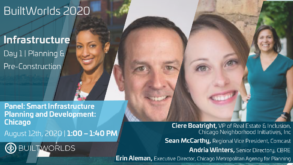
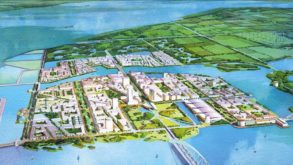
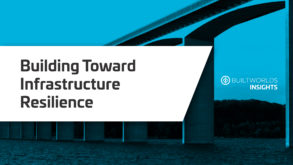
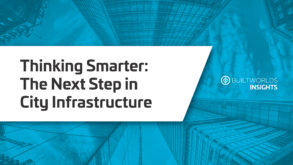
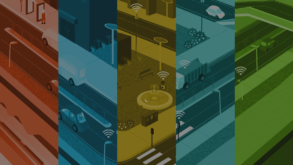
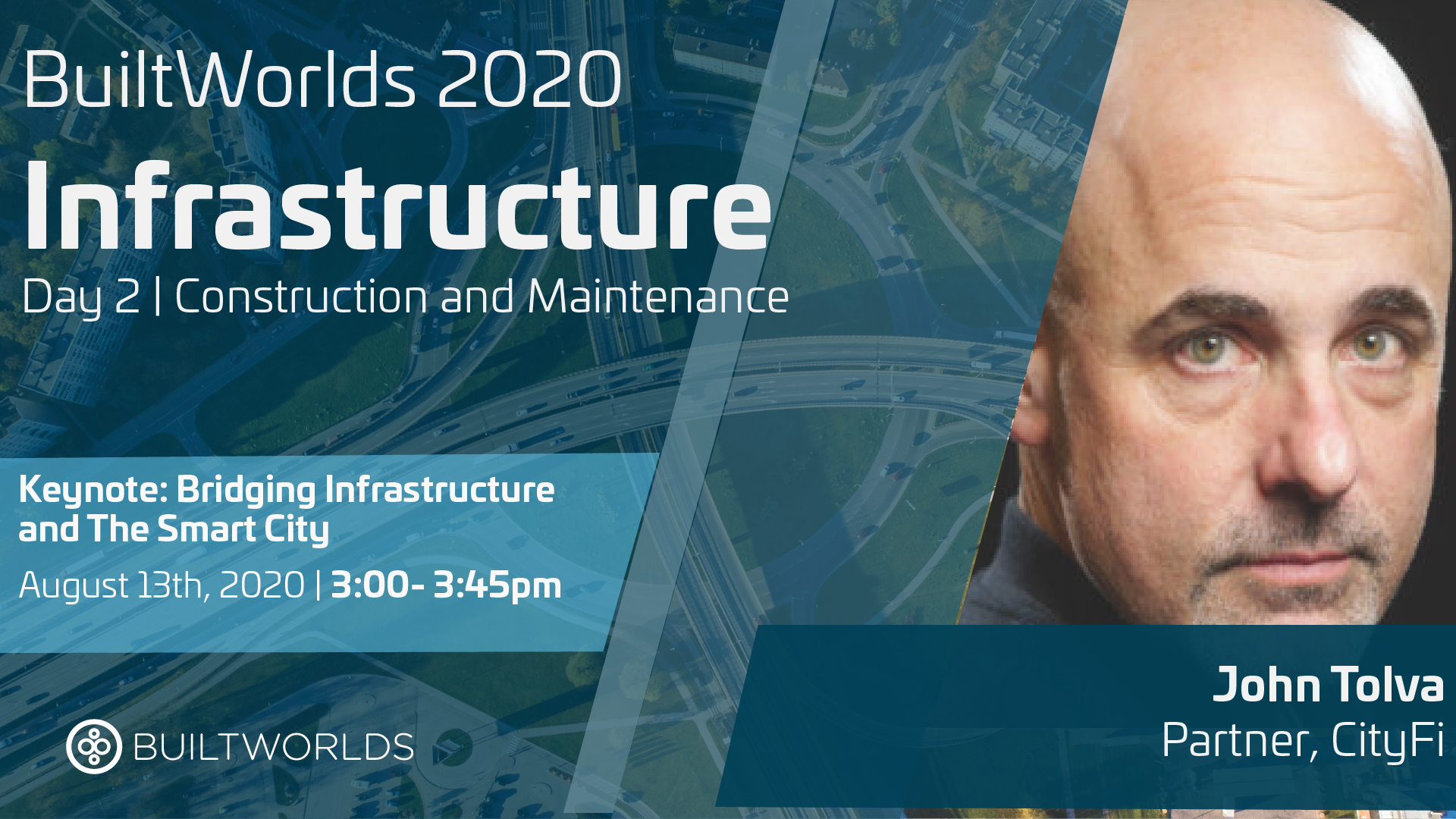
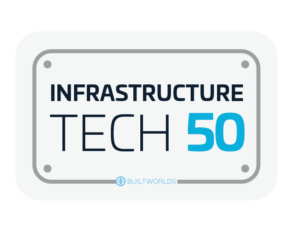
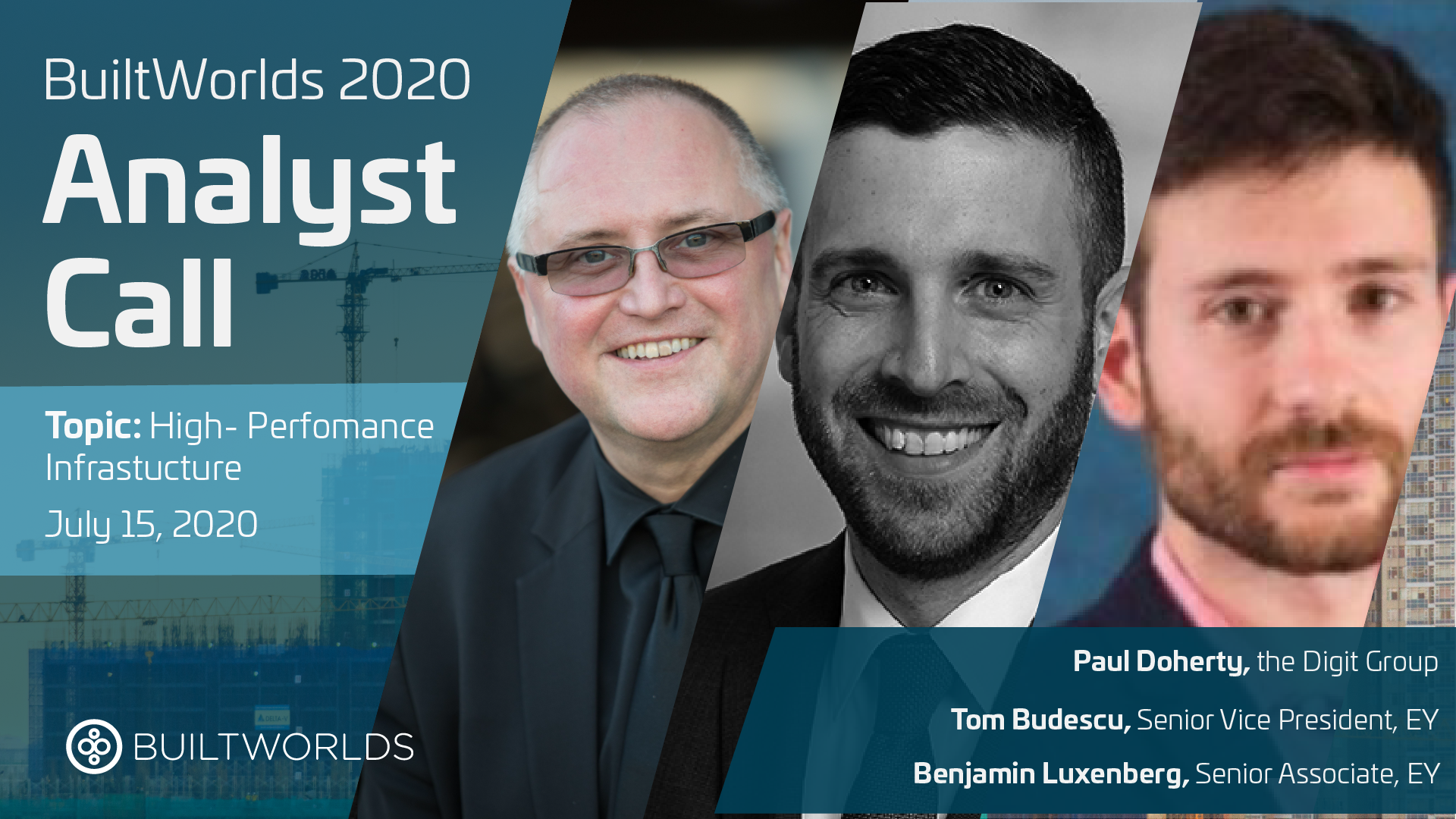
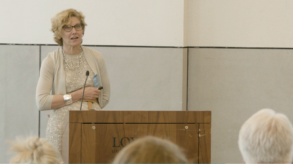
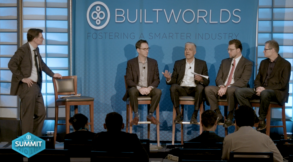

Discussion
Be the first to leave a comment.
You must be a member of the BuiltWorlds community to join the discussion.